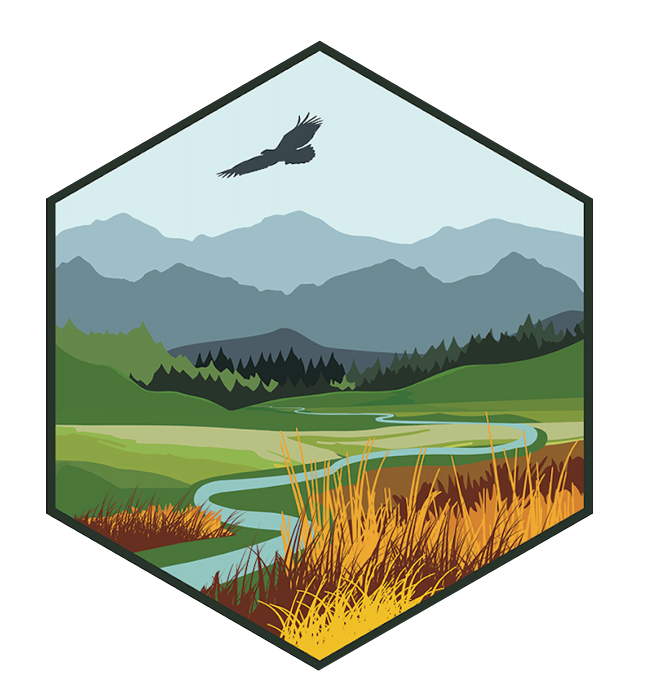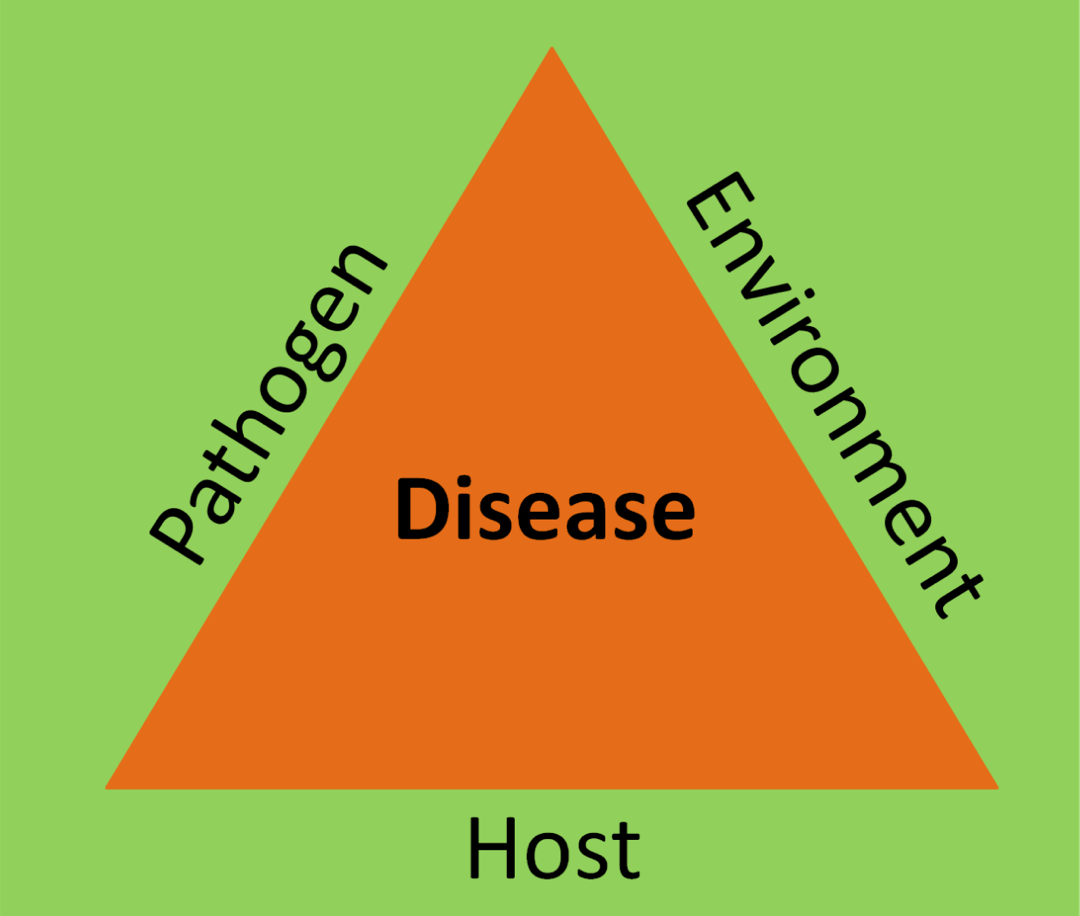Navigating wildlife infectious diseases in the context of climate change is daunting – what can agencies do?
by Kyle Schutz
Recent emerging diseases, such as COVID-19 in humans and White Nose Syndrome in bats, have brought to light how vulnerable infectious disease dynamics can be to the effects of climate change, including shifts in ecosystems, altered transmission patterns, increased frequency of extreme weather events, and the migration of disease vectors into new territories. As with human infectious diseases, these factors are also driving a flux in wildlife infectious diseases, many of which are exacerbated by changing habitats and environmental stressors that make wildlife populations more susceptible to disease. Vector-borne diseases, or diseases transmitted by vectors, like mosquitos, are a great example of how warming ambient temperatures and shifts in precipitation alter species ranges, and place new populations at risk for disease. The ways in which climate change impacts the disease triangle (host-pathogen-environment interactions), however, are complex and often unpredictable. Although warmer temperatures may be beneficial for some diseases (like those carried by mosquitoes), they can be detrimental to other diseases. For example, some fungal diseases might actually decline under hotter temperatures. This is because many fungi are picky about temperature, only growing under a narrow range of temperatures. In places that were too cold for fungal disease, warming temperatures may make wildlife populations more susceptible to infections, while in other populations, fungal disease might decrease as it gets too hot. It is this context-dependence that makes managing wildlife infectious diseases a highly nuanced task, with few opportunities to provide “one-size fits all” policies for stakeholders needing to respond to infectious diseases.
Many states are facing this challenge as they set out to revise their State Wildlife Action Plan (SWAP). SWAPs are important documents that shape how state agencies manage natural resources, and they are crucial for addressing important threats to biodiversity, like invasive species, habitat loss, pollution – and infectious disease. With this context, we were interested to know how the North Central (NC) states are addressing wildlife infectious diseases in their SWAPs. We reviewed the most recent SWAPs from the NC region to understand how states perceived infectious disease risk and how they were attempting to address it. Two common themes emerged from our assessment of these plans: 1) many wildlife diseases are already on states’ radar, but 2) most states were vague on conservation actions dealing with disease. In reviewing these plans, we experienced how overwhelmingly daunting it must feel for states working to draft an action plan to address emerging infectious disease threats. At the root of this feeling are several key questions: (1) Which disease management approaches will work in a given population? (2) What wildlife species are most at risk? and, (3) How will climate change alter disease risks? Answers to these questions are context-dependent and difficult for agencies to address.
After assessing the SWAPs, we felt that there was a need for guidance on how to approach wildlife infectious diseases in a SWAP. We were inspired by climate adaptation ‘menus’ that help managers identify specific climate change adaptation actions for their own particular challenges. We felt that a wildlife disease management ‘menu’ would be both broad enough to encompass a variety of disease issues but also specific enough to help managers think of more concrete actions for addressing disease in a certain habitat. Pulling from our assessment of the SWAPs, we synthesized a list of strategies states in the NC region were already using. We organized these into four broad strategies for managing wildlife disease along with concrete examples of how a manger might use a tactic in the field. These strategies include preventing the arrival of diseases into a naive population, limiting the spread of existing diseases, collaborating with stakeholders, and surveillance. Throughout this process, we received feedback from Montana Fish, Wildlife & Parks, who are currently working to include more information on wildlife disease in their SWAP. Our next step is to understand how other agencies might use our menu and use this feedback to further refine it.
As an early-career scientist working in infectious diseases, it is promising to me that so many states are actively seeking to represent non-game wildlife infectious diseases in their SWAPs. Compared to human public health, there are very diverse ways in which wildlife disease can be managed. That being said, there are a lot of tools in the toolkit, and we hope that something like the disease menu we drafted will make these tools more available to managers and those who need them.
About the Author
Prior to beginning his Ph.D. at CU, Kyle served as the Antimicrobial Resistance (AR) Epidemiologist for the Colorado Department of Public Health and Environment through the CDC's Emerging Infections Program (EIP). There he worked on containing the spread of AR bacteria and yeasts in healthcare settings in Colorado. Broadly, he is interested in in understanding the ecological and evolutionary drivers of infectious diseases. His current research focuses on the evolution and molecular adaptation of the fungal pathogen Candida auris. Kyle holds a BA from the College of Wooster and a MSc in Infectious Diseases Epidemiology from the London School of Hygiene and Tropical Medicine.



